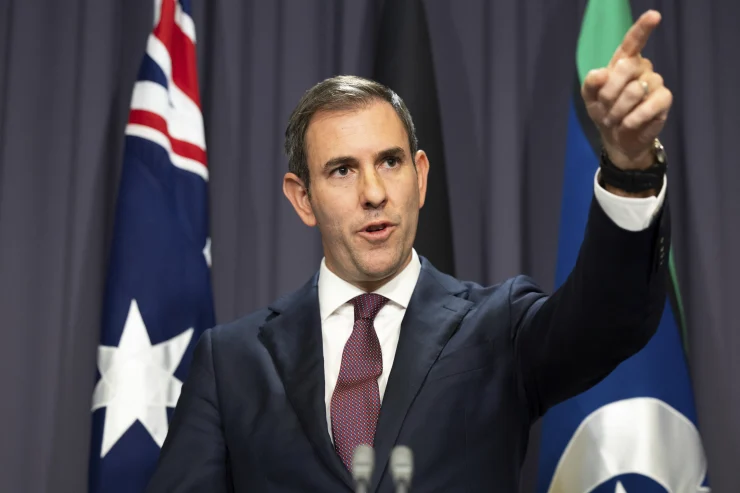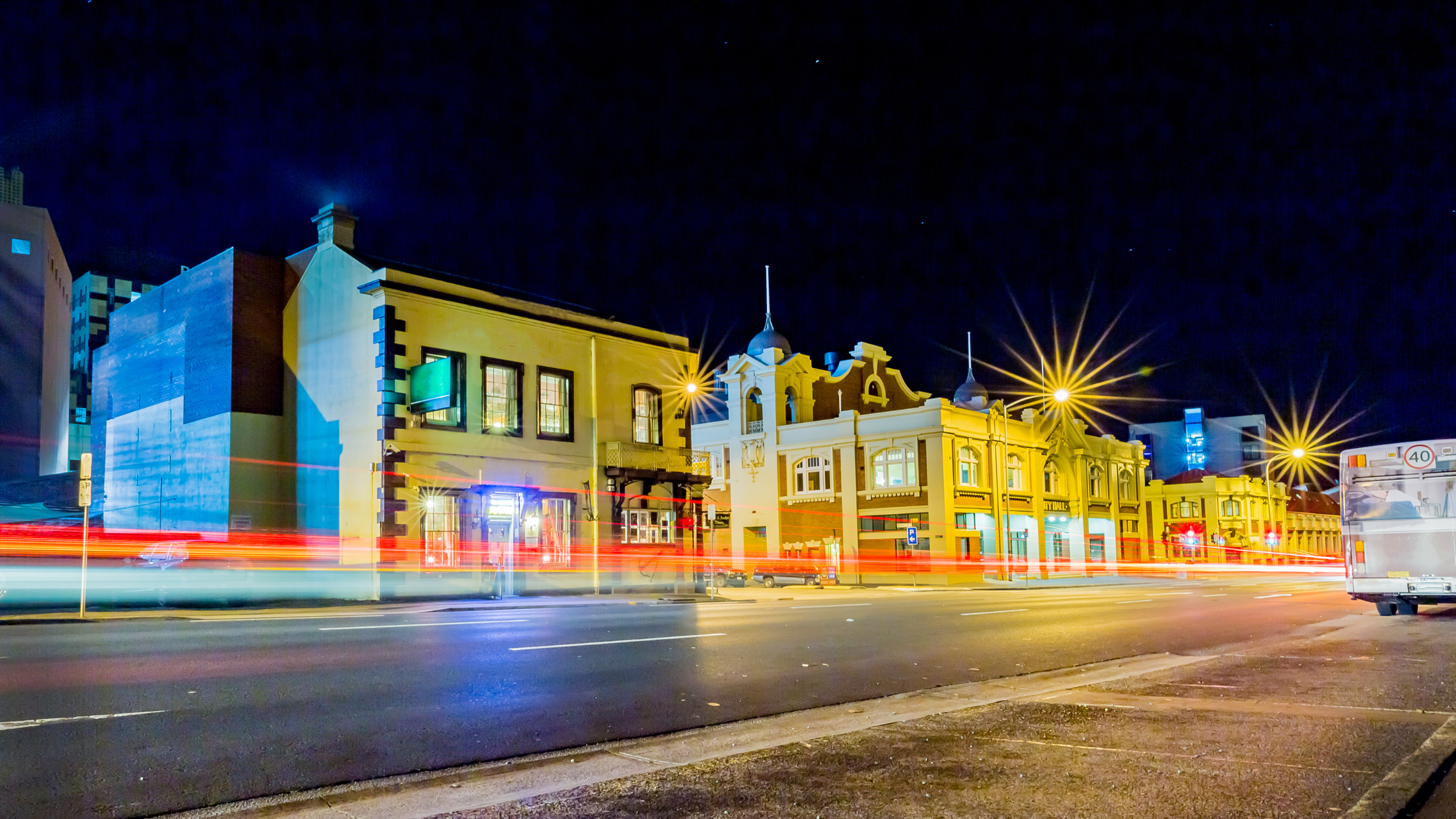“For too long, secure, affordable housing has been out of reach for too many Australians.”
This is one of the most relatable statements of Treasurer Jim Chalmers as far as real estate is concerned when he handed down his second budget to the parliament.
Beyond doubt, this is the harsh truth.
Whether you’re attempting to climb the property ladder for the first time, struggling to keep up with escalating rent hikes, or trying to set aside funds for your mortgage repayments, in one way or another, you might have just stumbled upon the housing affordability crisis along the road.
As a real estate agency that has witnessed different stories of successes and struggles, we’re very much aware of this ‘crisis’.

But what seems to be a dark age in the industry appears to have witnessed a glimpse of light in the recently announced federal budget for 2023. If you’re wondering what this light at the end of the tunnel looks like, let’s dive into the budget proposal deeper and see what awaits the housing market.
Increased Rent Support
Great news for the low-income renters out there! This year, the largest increase in the Commonwealth Rent Assistance programme in more than three decades will be witnessed!
In a bid to help ease pressures on low-income renters, the maximum rate for the Commonwealth Rent Assistance initiative will increase by 15%, or up to $31 a fortnight, beginning September this year. People who rent their homes and get government help are eligible for this rent assistance.
In addition to the $4.9 billion set aside over the 2019 estimates to raise the JobSeeker, Austudy, and Youth Allowance rates by $40 every two weeks, the adjustment is anticipated to cost the government $2.7 billion over five years and $700 million a year after that.
Despite these changes, one of the root problems in surging rental prices remains to be the rental supply, per se. The ongoing lack of rental homes is driving down vacancy rates. Consequently, weekly prices are rising sharply as demand for rentals outpaces supply.
The bottom line, rental rates could continue to rise in the upcoming months if there isn’t a significant increase in rental supply.
And the next points somehow present a sustainable solution for this…
Tax reductions for ‘build-to-rent’ housing
Since this concept is relatively new to Australia, let’s first define and explain what ‘build-to-rent’ housing means for everyone’s sake.
When a property is held under single ownership and is expertly managed, it is considered build-to-rent housing. To give you a clear picture, build-to-rent happens when the developer constructs a property (an apartment, for instance) and decides to keep it or rent it out, rather than selling the individual units.
Because the property is owned for a long time, the objective is to give tenants the flexibility of renting with the security of home ownership. And this strategy might be able to help ease the rental supply hurdles.

Subject to additional feedback on eligibility requirements, the withholding tax rate will be reduced from 30% to 15% for qualifying fund payments from managed investment trusts to foreign residents on revenue from newly constructed residential build-to-rent properties after 1 July 2024.
On qualified new build-to-rent projects where construction begins after May 9, the depreciation rate will increase from 2.5% to 4% per year, raising the after-tax returns for build-to-rent buildings.
Additionally, each build-to-rent home must have a lease period of at least three years. This guarantees developers a steady income stream and gives tenants a stable longer-term tenancy.
While promoting higher investment and the development of build-to-rent projects won’t help with the current challenges and low rental supply, the build-to-rent sector’s development could eventually aid in increasing the rental supply.
Reinforcement of Social and Affordable Dwellings
In support of lowering the construction cost of social and affordable housing, the government also announced the addition of a $2 billion budget.
From 1 July 2023, an extra $2 billion will be added to the National Housing Finance and Investment Corporation’s (NHFIC) liability cap, raising it from $5.5 billion to $7.5 billion. This will allow the NHFIC to support more social and affordable rental homes by offering community housing providers more affordable loans.
In spite of the fact that social housing provides a good safety net for individuals who are at a high risk of long-term homelessness and cannot access private housing, realestate.com.au thinks it is an expensive solution.
“The additional billions are expected to support around 7,000 more new social and affordable dwellings, a step in the right direction, but the impending increases to rental assistance will be a better-targeted measure.”
Nevertheless, this additional financing for social and affordable housing will still assist and provide stable and secure housing options for those who need them.
Expansion of the ‘Home Guarantee Scheme’
Housing programs are now becoming more diverse adapting to the changing times. In an effort to combat the current housing crisis, the federal government is expanding eligibility for its Home Guarantee Scheme.
This programme encompasses the First Home Guarantee, the Regional First Home Buyer Guarantee, and the Family Home Guarantee. Previously, only those married and de-facto couples or single people were eligible for the first two schemes. But beginning July 1 this year, friends, siblings, and other family members will be able to submit joint applications.
Candidates for the Family Home Guarantee will also be taken into consideration regardless of whether they are single parents of dependent children who are biological or adopted. This modification makes the guarantee available to qualified borrowers who are the only legal guardians of children, such as aunts, uncles, and grandparents.

Non-first-time buyers who have not owned a home in ten years or more may also submit an application. Moreover, these three guarantees will also be available to eligible borrowers who are Australian Permanent Residents in addition to Australian citizens.
According to the programmes, the federal government will guarantee up to 15% of a loan, allowing qualified purchasers to buy a home with as little as 5% down payment (even 2% for the Family Home Guarantee).
For a more detailed explanation of these changes, proceed here: Everything you need to know about the Home Guarantee Scheme expansion.


